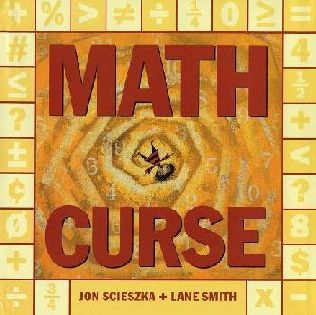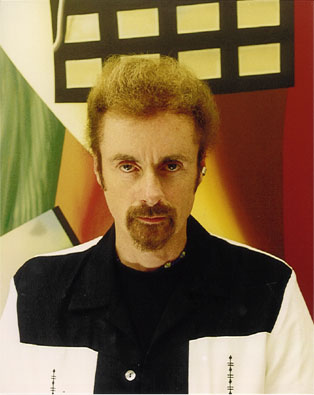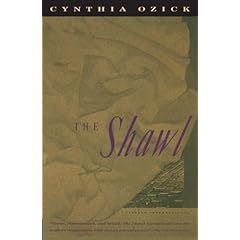
by Sandra Nicole Roldan
744 words
created 15 July 2007
She walks into Myeongdong Cathedral, a small wet cedar leaf in her hand. An old gentleman at the church door keeps the leaves fresh in a bucket of water, and hands them out in lieu of the customary palm fronds. Dressed in
jeogori and
paji, the traditional pajama-like outfits worn by Buddhist monks and old people in Korea, the man greets her in English. He is the only person there to smile at her. Being the only foreigner in church, she stands out, and is mostly ignored.
Inside, the cathedral is more than half empty. The oldest church in Seoul was built in the gothic style, and remains unheated to this day. The air inside is damp and chill, the high vaulted ceiling is crowded with ghosts and echoes. The faithful are largely in their Sunday best: the men in suits, the women in traditional layers of silk reserved for special occasions. The long coats and pashminas are their only concession to weather. Most matrons have lace veils perched like doilies over lacquered hair dyed in shades of caramel and milky tea. In their spring
hanbok, the women bloom like rows of tulips, with teal, cerise, chartreuse, and mauve petals.
The mass begins with chimes and clouds of incense. An acolyte speaks from a lectern, the words ringing through the cathedral’s nave even without a microphone. As the cold seeps from the granite floor through her shoes, her socks and into the ankle bones, she realizes her mistake: the mass will be in Korean. Clearly, the English service for foreigners is being held elsewhere. Another look around confirms another suspicion: only she and a young Korean man on the pew behind her appear under fifty. With her brown skin and his fuzzy pink sweater, they are the only ones who look out of place.
The mass is in
chumdemal, the formal language used to address authority figures and those of higher rank like parents, professors, middle management, and God. She knows this from the
imnidas that regularly appear at the end of each sentence. This early in her language studies, the most she can do is half-heartedly bow and mumble
Annyong haseyo at anyone who pays her any attention. She doesn't understand the sermon but takes comfort in knowing that after the rumbling and the hissing, a soft
imnida will be murmured at the end. Unlike the fluorescent-lit clap-intensive tambourine-and-guitar charismatic masses back in Manila, this one is a solemn affair. Every single utterance bears the weight of remorse, and the old faithful beat their breasts in a synchronized ritual that feels strangely pre-Vatican II.
She shivers. The thin wool sweater over her cotton blouse is no match for the damp chill that hangs in the air. The young man behind her seems uncomfortable as well. She imagines he is embarrassed. His shoes squeak each time he moves to stand or kneel with the rest of the congregation. From the creak of leather, she knows he has dropped to his knees, like everyone else. She, on the other hand, has chosen to stay seated on the wooden pew, trying to keep warm. There is a rustle behind her, barely discernible from the murmuring all around.
A hand touches the small of her back. At first, just a fingertip tracing a few centimeters of skin between the waistband of her skirt and the hem of her sweater. Then a man’s palm, warm and rough, slides under her clothes to rest briefly on the deep curve above her hip. A moment later, it is gone. For more than an hour, she sits, then stands, then kneels. But she no longer listens for the
imnidas, just waits for the unseen palm to touch her again. It never comes. A series of chimes signal the end of mass. She gathers the courage to turn and look at the man behind her. But he is gone. She walks out into the sun this early spring morning, and takes the long subway ride back to her dorm.
Years later, in her tiny Mandaluyong apartment, she will dream of a day in church. A warm hand against her skin and a man’s voice, rumbling and hissing in that language she no longer understands. She will wake up at dawn and see her husband curled up beside her, his body warm with sleep. As sunlight slowly filters through the curtains, she will tell herself over and over: it happened. It really happened.

 .
.











 Thomas Coraghessan Boyle or T.C. Boyle is an American short story writer and novelist who was born Thomas John Boyle on December 2, 1948 in Peekskill, New York. He earned his BA in English and History from the State University of New York and his MFA and PhD from the Iowa Writers’ Workshop. Boyle is currently a Professor of English at the University of Southern California.
Thomas Coraghessan Boyle or T.C. Boyle is an American short story writer and novelist who was born Thomas John Boyle on December 2, 1948 in Peekskill, New York. He earned his BA in English and History from the State University of New York and his MFA and PhD from the Iowa Writers’ Workshop. Boyle is currently a Professor of English at the University of Southern California. Some of Boyle’s early achievements include a Creative Writing Fellowship from the National Endowment for the Arts and a Guggenheim in 1988. After such, he received numerous literary awards like the PEN/Faulkner Award for his novel World’s End, the PEN/Malamud Prize, the PEN/West Literary Prize, the Commonwealth Gold Medal for Literature, National Academy of Arts and Letters Award for prose excellence as well as six O. Henry Awards for short fiction, multiple Best American Short Story awards and Drop City is a National Book Award Finalist.
Some of Boyle’s early achievements include a Creative Writing Fellowship from the National Endowment for the Arts and a Guggenheim in 1988. After such, he received numerous literary awards like the PEN/Faulkner Award for his novel World’s End, the PEN/Malamud Prize, the PEN/West Literary Prize, the Commonwealth Gold Medal for Literature, National Academy of Arts and Letters Award for prose excellence as well as six O. Henry Awards for short fiction, multiple Best American Short Story awards and Drop City is a National Book Award Finalist.


